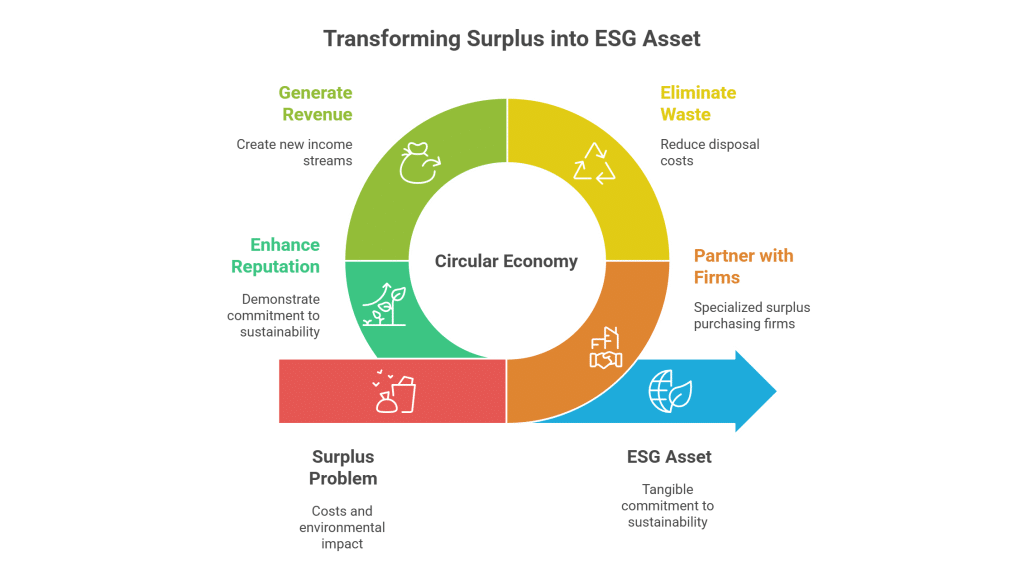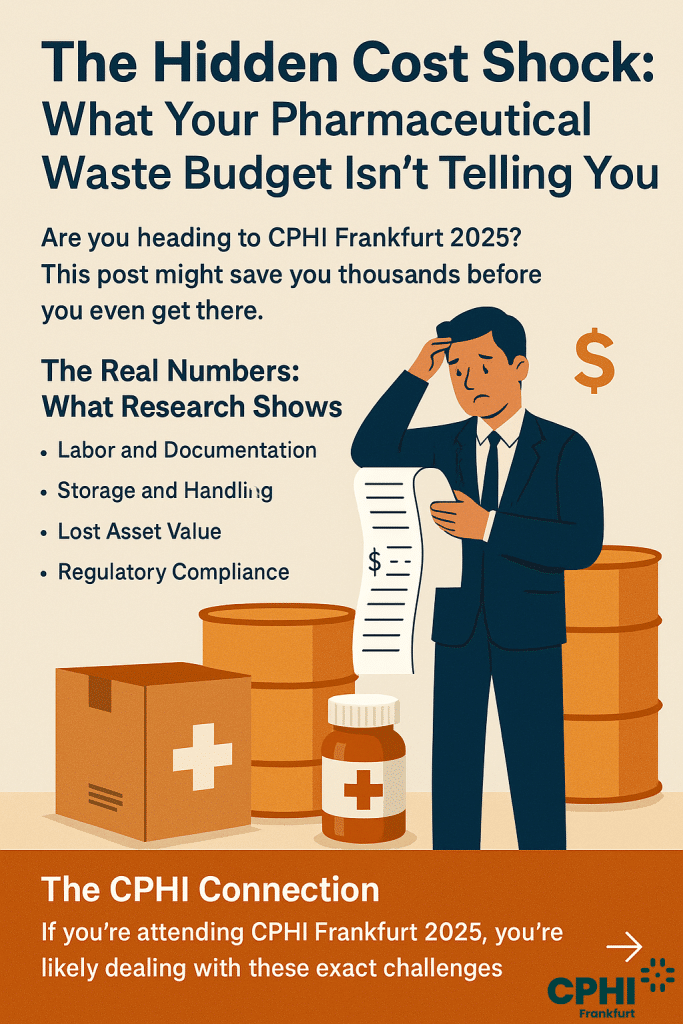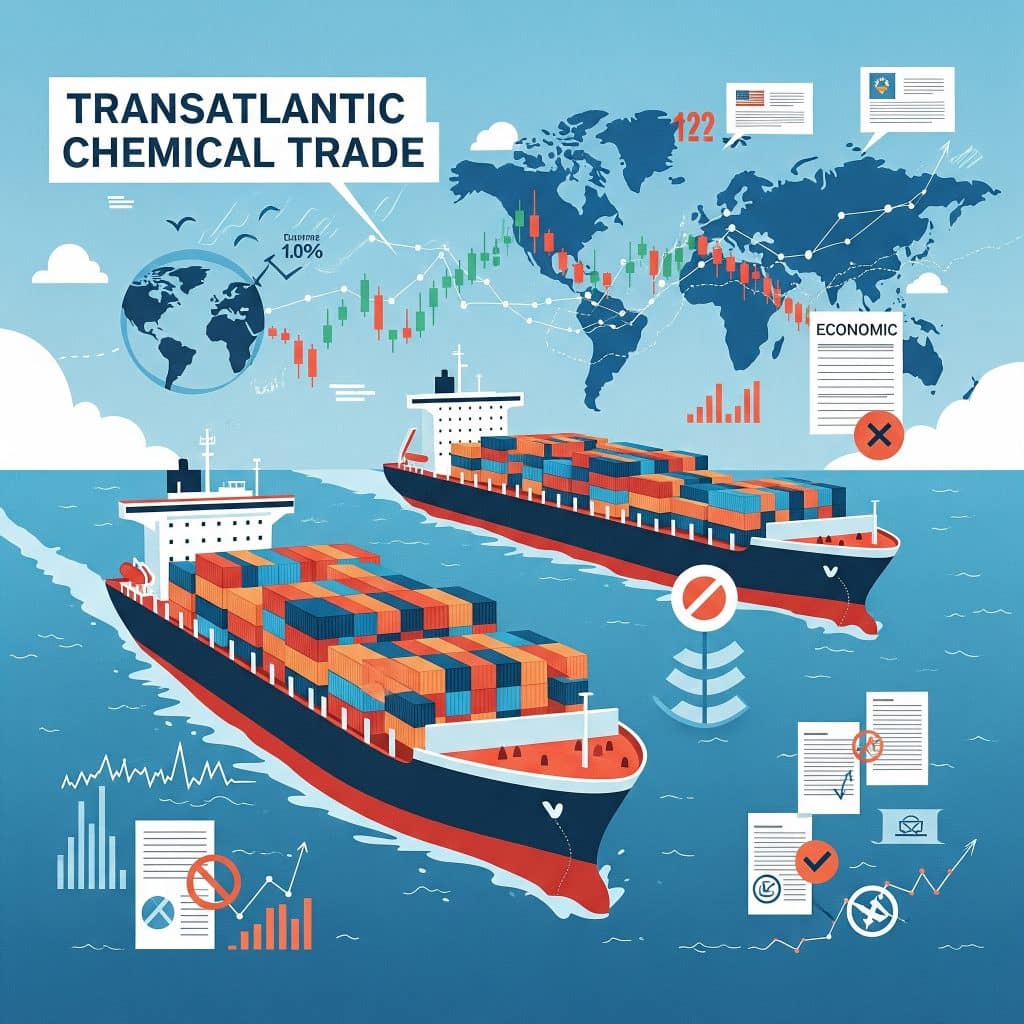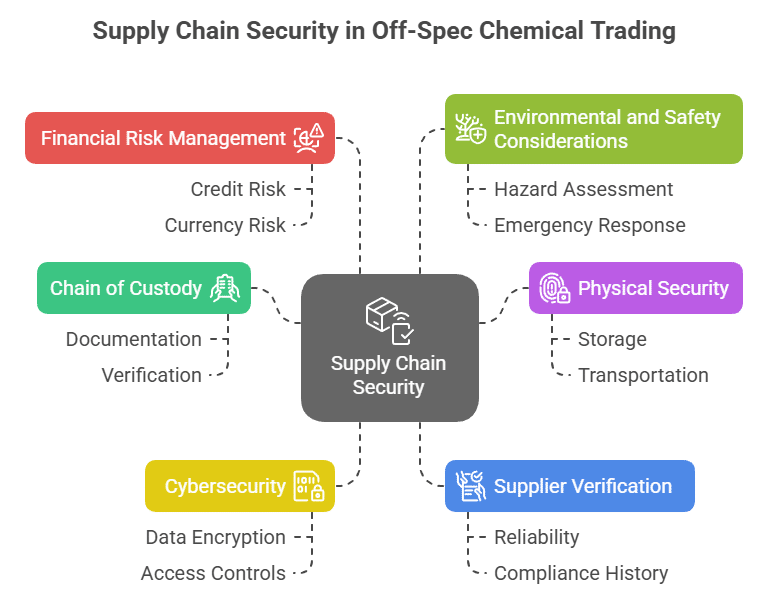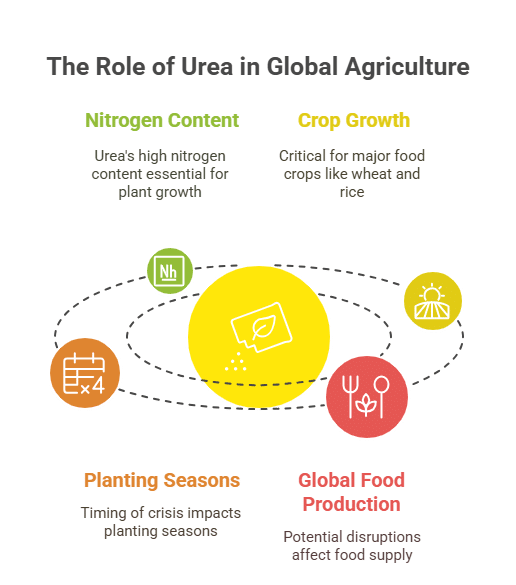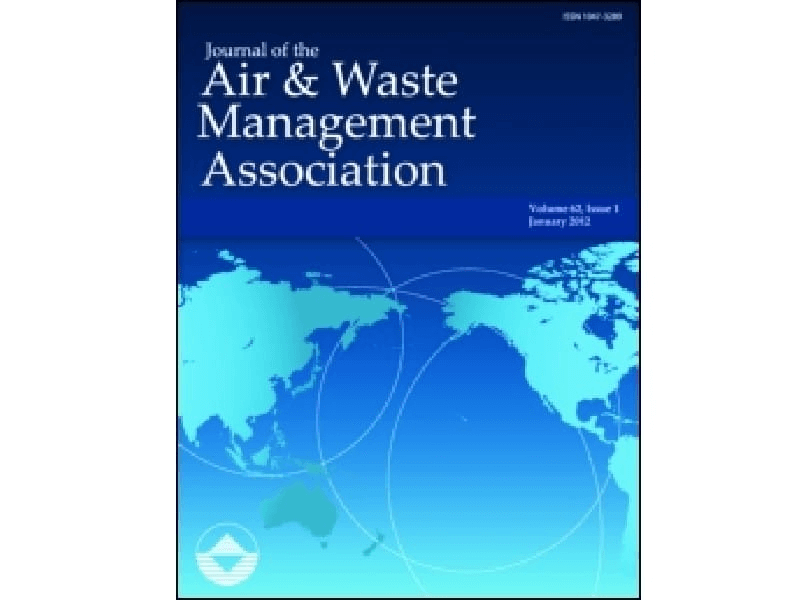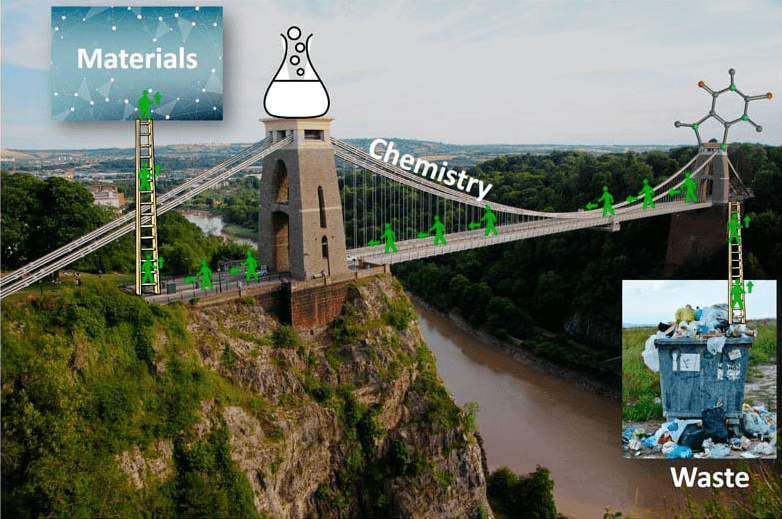Optimizing Surplus Sodium Nitrate for Fertilizer and Food Preservation Success
Sodium Nitrate is a vital chemical used extensively in both fertilizer production and food preservation. As a compound known for its oxidizing properties, high solubility, and versatile applications, excess or surplus inventory of Sodium Nitrate can often become a burden. However, when managed properly, surplus Sodium Nitrate can be an asset rather than a liability. Its use in fertilizers accelerates plant growth and increases yield, while in food preservation, it plays a crucial role in maintaining the freshness and safety of cured meats and other products.
Surplus Sodium Nitrate Trading in Fertilizer & Food Preservation: Efficiency & Sustainability
Buying and selling surplus chemicals like Sodium Nitrate offers a unique value proposition—cost-effectiveness, enhanced storage efficiency, and impressive sustainability credentials. Companies facing excess inventory can monetize unused stock, reducing disposal expenses and even generating revenue. This process not only frees up storage space and cuts down on hazardous waste disposal costs but also helps organizations meet strict environmental regulations. In many cases, by selling off surplus Sodium Nitrate, companies avoid expensive disposal fees and potential penalties, turning a challenging situation into a profitable opportunity.
The main differences between sodium nitrate (NaNO₃) and sodium nitrite (NaNO₂):
Sodium Nitrate (NaNO₃)
- Contains one more oxygen atom
- Used as a food preservative (E251)
- Occurs naturally in soil and vegetables
- Common in fertilizers
- Less toxic than sodium nitrite
Sodium Nitrite (NaNO₂)
- Has one less oxygen atom
- More widely used as a food preservative (E250), especially in cured meats
- More toxic if consumed in large amounts
- Prevents botulism in preserved foods
- More reactive and potent as a curing agent
Both are white crystalline powders used in food preservation, but have different chemical properties and applications due to their different oxygen content.
Sodium Nitrate in Fertilizer & Food Preservation
Buyers benefit from acquiring surplus Sodium Nitrate at competitive prices, guaranteeing a reliable supply chain for high-quality fertilizer production or food preservation. This cost saving enhances overall profitability while meeting stringent regulatory and safety standards.
Sellers can free up valuable storage space, reduce the risk of chemical degradation, and recover capital tied up in surplus inventory. By turning excess Sodium Nitrate into revenue, companies not only lower disposal costs but also contribute positively to sustainability efforts by managing chemical waste responsibly.
Table of Contents
Case Study: Transforming Excess Sodium Nitrate into Profit in the Fertilizer and Food Preservation Sectors
A leading chemical distributor found themselves with a surplus of Sodium Nitrate that was nearing its shelf-life. By partnering with a surplus trading platform, the company was able to monetize this excess stock effectively. The acquired surplus was then channelled to manufacturers in the fertilizer industry, where it boosted crop yields, as well as to food preservers looking to enhance the quality of cured products. This strategic move not only turned a potential waste disposal cost into revenue but also reinforced a commitment to sustainable practices by reducing chemical waste and ensuring responsible handling. Such initiatives have proven invaluable for companies aiming to maintain both profitability and environmental stewardship in a competitive marketplace.

